How to Manage a Project when the Supply Chain is Strained
Natural disasters, national emergencies, and acts of god can have a devastating impact on a construction owner’s project management and outstanding contracts. Just as insurance financially protects personal assets in the case of a natural disaster, writing business contracts that will accommodate unexpected stress on production can help protect your business.
Including language in your written contracts that allows for necessary adjustments to project deadlines is critical in an unpredictable world. However, even with the agreement in place, you can also take steps to continue managing a project that is experiencing supply chain strains.
What to include in an effective contract
When circumstances that are out of your control, like a natural disaster or public health crisis, cause delays in your supply chain, you may find yourself facing a breach of contract case. Including time provisions in your contracts that allow for adjustments in the case of unexpected setbacks greatly reduces the risk of your construction business getting sued.
Understanding the role of force majeure and when it might apply will provide reassurance in the event of untimely strains on supplies. Additionally, avoiding the use of a “time is of the essence” clause will allow for flexibility and a cooperative accommodation during the project.
What is a “time is of the essence” clause?
The time is of the essence clause emphasizes the importance of a particular deadline for the completion of the project. Including this clause mandates that the specified time or completion date is vital to the agreement. Therefore, delays in the project may qualify for a cancellation of the contract.
When evaluating whether a time is of the essence clause was involved in a contractual agreement, a court will look for any mentions of dates or times. They may also evaluate performance and any production outcomes since the start of the contract. Thus, it is essential to either clearly label any guaranteed date of completion or refrain from inferring a particular deadline.
If a time is of the essence clause exists within a valid contract, both parties are responsible for abiding by the agreement. Should one party fail to do so, they may face legal consequences such as injunctions or being held accountable for punitive damages and profit losses.
If the clause does not exist in a contract, both parties rely on good faith to comply with a preferred deadline. If a setback occurs, liability will depend on whether efforts to finish the project continue or if there is a failure to follow through on the agreement.
What is force majeure in contracts?
The law of force majeure permits a party to suspend or stop their fulfillment of a contract due to extenuating circumstances out of their control. In the case of a pandemic, natural disaster, or national emergencies, supply chains may experience delays or stop altogether for a time. Force majeure protects you from being held responsible for lost productivity or delays that you cannot predict or control.
It’s wise to add a force majeure clause to your standard contract provisions since the events that constitute a natural disaster are, by definition, out of your control and unpredictable. Including them in every contract ensures that you’ll address potential strains on your supply chain that you can’t control.
Steps to manage supply chain strains
Before enforcing a force majeure clause, it may be in your best interest to attempt to renegotiate the contract first. Often, doing so will help maintain a strong relationship with the other party and can save you money because you won’t need a court to enforce the contractual changes. Some other smart strategies for managing changes to your supply chain are:
1. Stay informed on changing environments
Maintain regular communication with invested parties and continue to monitor changes within the industry. Stay up-to-date on news coverage regarding national emergencies or other acts of god and track the impact on your contract. Review any agreements as necessary and be as transparent as possible when making adjustments.
2. Consider other options and get creative
Assess any potential threats to your working contract and make a contingency plan as early as possible. Keep other vested parties aware of potential changes and work together to find a creative solution that works for everyone.
You may need to negotiate pricing and alternate deadlines or arrange for additional suppliers and contractors. Address moderate disruptions to the supply chain before the impact becomes unmanageable.
3. Prepare for further impact
Careful consideration of where the contract was, is, and will likely be if the supply chain continues to experience strain will help prepare for future challenges. Layout several possible scenarios to accommodate both an improving and worsening situation. Assess how you may be able to prevent further strain by enacting preventative measures when possible.
Having several contingency plans ready to execute, if need be, can make the difference between project completion and a complete loss of investment.
Managing your liability
A contract should clearly state which party will be held fully responsible for incomplete work or missed production deadlines. Included in this language should be a statement to clarify who will be liable for losses should an event occur out of either party’s control. Ideally, managing your liability risk is part of developing and negotiating your contracts. However, should unexpected setbacks arise during the contract period, knowing your rights to force majeure and making adjustments to mitigate loss could be critical to sustaining your business.
If you don’t currently have a set of standard contract provisions or would like assistance reviewing or negotiating a contract for an upcoming project, get in touch with Daffern Law Firm today.






